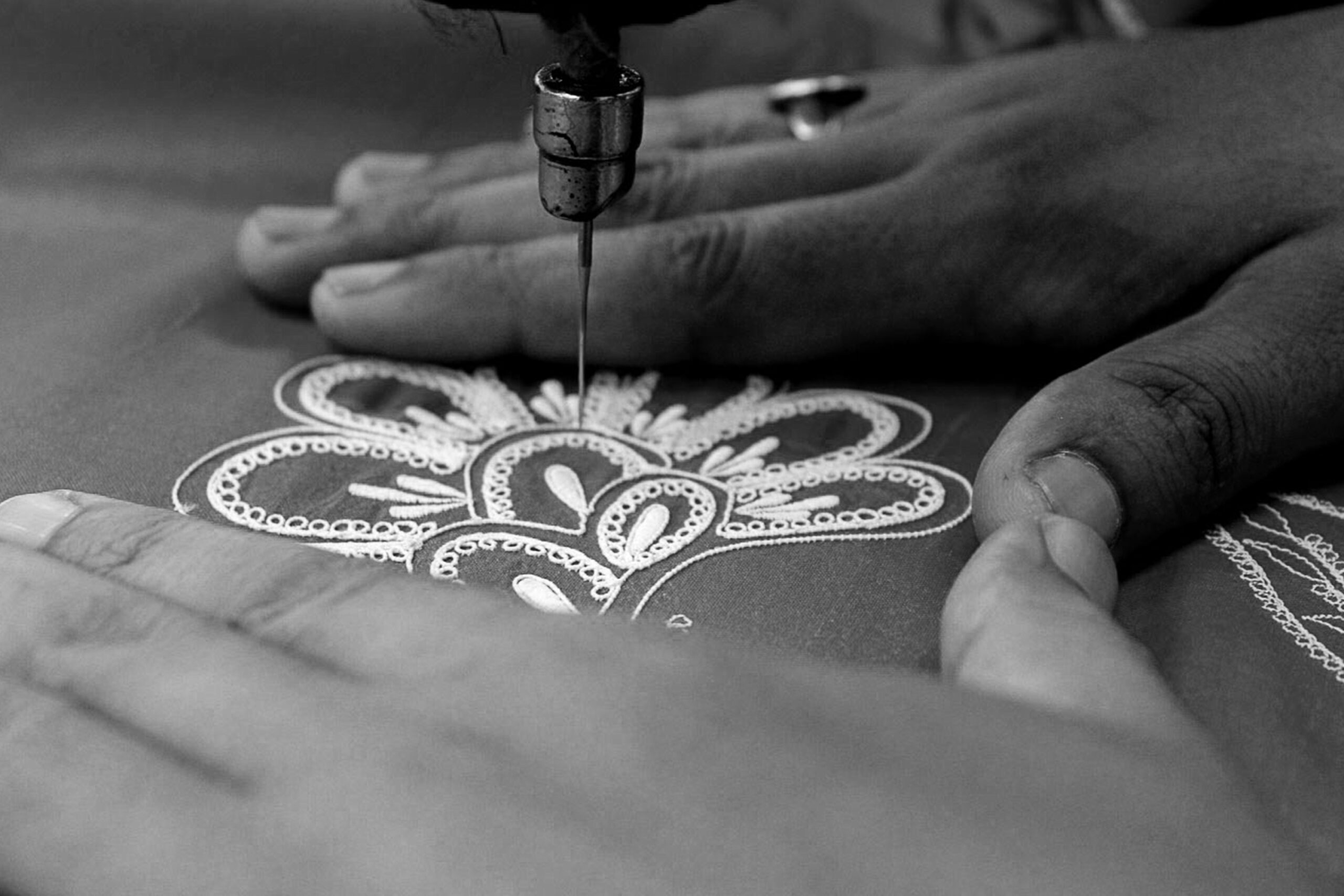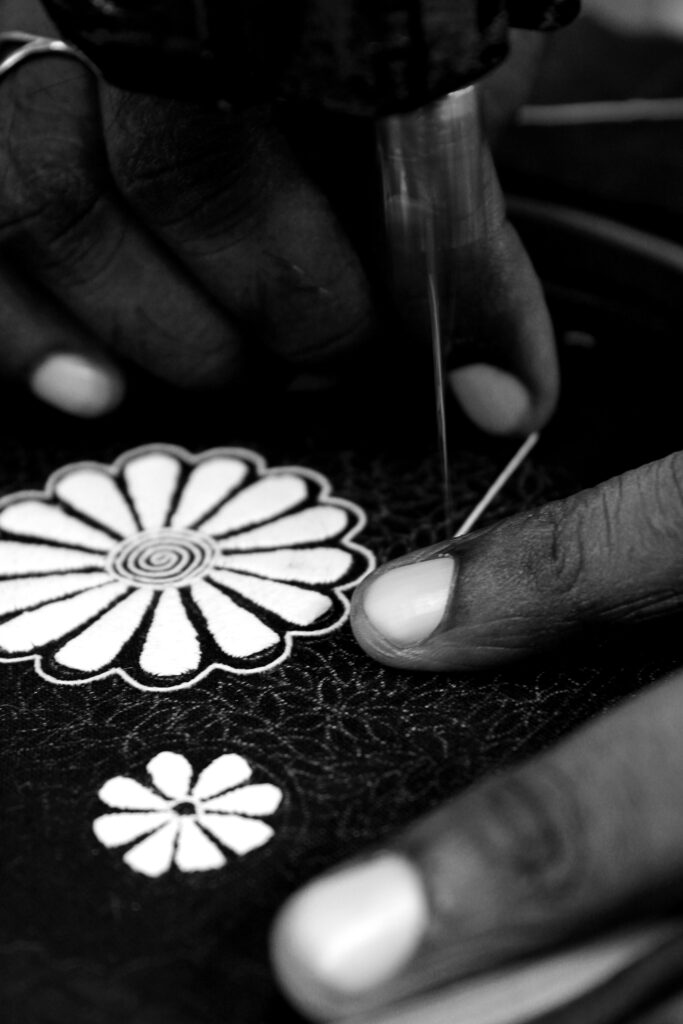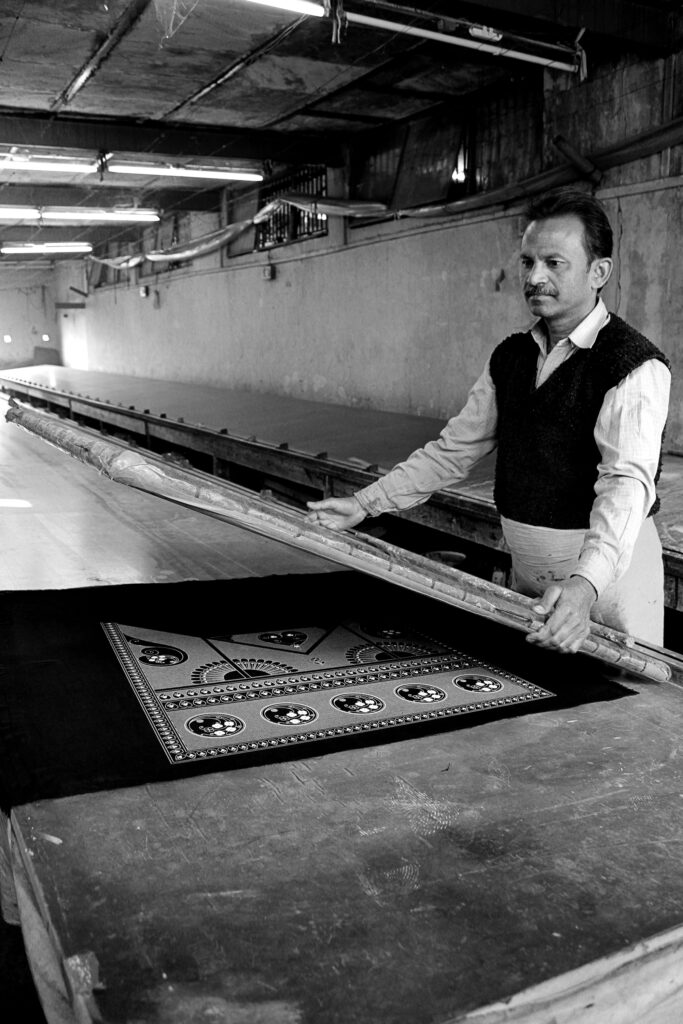Altering fashion’s trajectory: less is more

In our second column on reimagining a conscious future, Priyanka Modi, Creative Director, AMPM, speaks about fashion’s faltering footsteps and what it will take to shift the trajectory towards conscious production and consumption. A shift to make ‘less is more’ less a concept and more a reality (read our first column here)
“The universe has shaken you to awaken you.” – anonymous
For nearly two decades, we have engaged in a dialogue about the concept ‘less is more’.

When I was growing up, as people, Indians were not ‘consumerists’ by nature. At least not to the extent that we are today. Callous consumption habits of buying things solely because we could was not part of our cultural ethos. Purchases were considered to be meaningful investments. They were mulled over thoroughly and executed when a high degree of return was assured. Factors like quality, timelessness, aesthetics and versatility were highly valued.
What used to be this most quintessential of Indian attributes, has, sadly, been forsaken in more recent times.
A retail wave
The influx of Western fashion brands and incentivised retail pricing schemes they offer, has sadly, led us down a slippery slope. What began as innocent curiosity towards Western retail culture, has tragically turned into a painful and pointless study in imitation. Fast-fashion combined with artificially created demand has forced us into a self-propagating spiral of, ‘more and fast.’ This in turn has severely impaired our retail ecosystem, the economy and the environment.
By producing more to keep pace with faster consumption, we’ve destabilised the delicate demand-supply equilibrium. We have threatened the integrity of our supply chains, making them highly vulnerable to even the slightest adverse pressures. This is all too evident in light of the perhaps the greatest economic and humanitarian crisis of our age – the global Coronavirus pandemic.

The pandemic effect
When the national lockdown was announced, the fashion industry was optimistically preparing for the summer season. The latest S/S’20 collections had just dropped and stores were brimming with merchandise. Four months on, we are looking at packed warehouses, empty stores and achingly limited buying options. As an industry, we are potentially facing a near-complete obliteration of profits, that will undoubtedly be caused by the onslaught of discounted selling.
On the other hand, the consumer will now be on the lookout for these deep-discount deals, woefully unaware that much like a disease, discounting leads to inferior quality, reduced value and futile investment – a lose-lose scenario for everyone.
Moving ahead
While we cannot change the past, we must not forget it and make every effort to learn from our misadventures, with a mind to course-correct to a more responsible way of living. Adversity is a great teacher and I think now is the time to learn from our past missteps; to learn from what nature has been not-so-subtly trying to tell us; to learn and espouse ‘conscious consumption’.
While the broader topic of conscious consumption is multi-faceted, for now, at least, we must focus on what is brazenly staring us in the face. All of us from the fashion fraternity need to take decisive steps to temper our consumption and acknowledge that this burden cannot only be borne by the end-consumer.

A sustainable triptych
Firstly, brands must be cognisant of the value they add and stop short-selling themselves by discounting. After all, as an industry, fashion relies heavily on our kaarigars’ expertise and heirloom skills that take years to hone. Why, then, are we ready to over-produce? Knowing full-well that surfeit supply will lead to discounting, which lamentably impacts our profit margins and lowers quality? We must at all times remain conscious of this.
Secondly, we must start putting ethics on par with aesthetics and implement robust HR policies that safeguard the well-being of our employees. Also, we must strive to work with carefully chosen fair-trade-practice vendors. This ensures that our raw materials are responsibly sourced and that our products have a low carbon footprint. Most importantly, we must look at sustainability from beyond the lens of only fabrics and raw materials, as it equally has as much to do with quality and durability.

Thirdly, as consumers, we must be cognisant of our wants versus our needs. The global pandemic has shown us how little we actually ‘need.’ We must strive to purchase only what is really necessary. Not what we feel we need or want, simply because we can. Timelessness, versatility and longevity must be prioritised over the urge to simply accumulate ‘stuff’ because it’s a ‘bargain’. Further, once bought, we must consciously try to extend the lifecycle of our possessions by reusing and repairing them.
The new normal
Time is running out. In order to align with the ‘new normal’, we must have this conversation now. We have spent too long scratching the surface of this issue. It is high time that we get to the root of the problem. In not doing so, we run the risk of propagating another fad, which will end up becoming a sad footnote in the pages of history.
The views expressed are solely of the author

Most Read Articles

A Complete Guide to Demi-Couture Jewellery in India
The ultimate guide to artistic baubles and demi-couture jewellery that evokes the splendor of India... Read More»

Rajasthan’s Aangi Finds New Life in Aangiwali’s Fusion of Tradition and Style
Aangi is a garment woven with history. In the arid landscape of Shekhawati, Rajasthan, it... Read More»

The Ultimate Guide to the Best Natural Deodorants in India
The top 12 natural deodorants that banish BO and nix nasties for round-the-clock freshness Our... Read More»

Easy Yoga Practices for Menopause Relief
Dr Hansaji Yogendra, Director of The Yoga Institute and President of the Indian Yoga Association... Read More»
